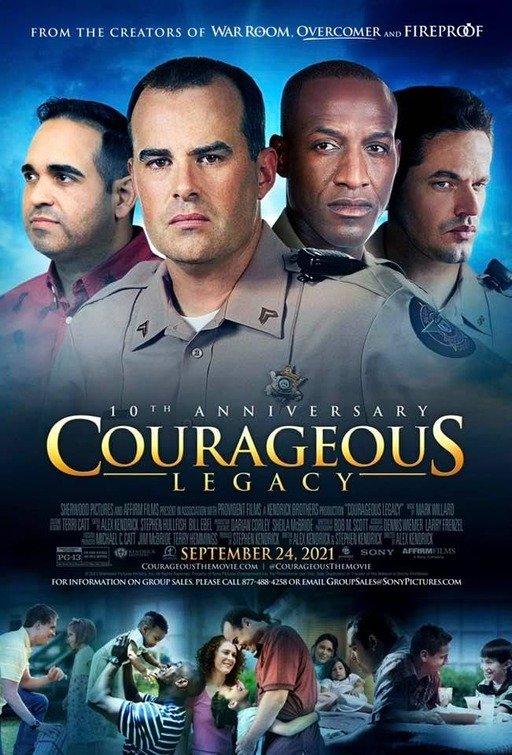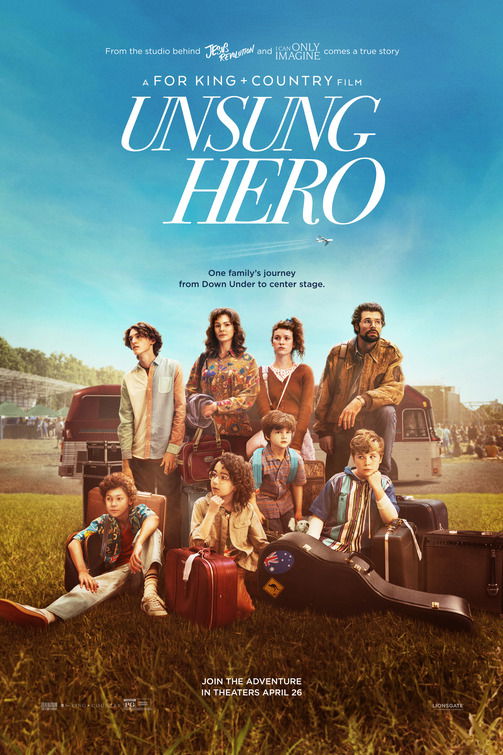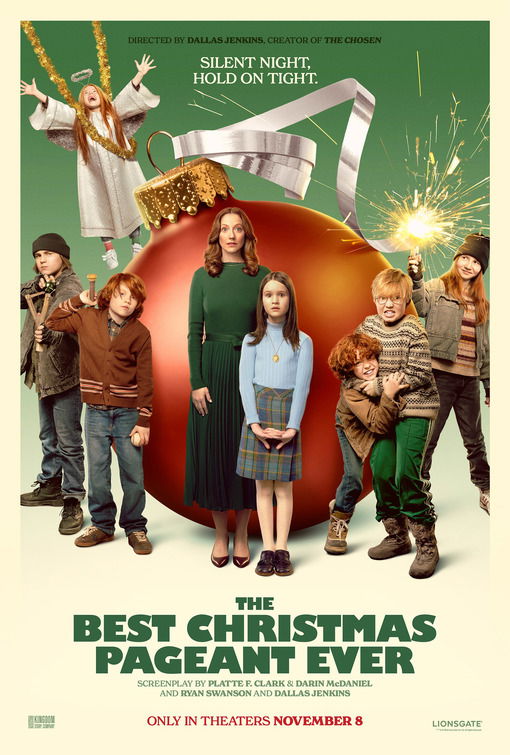
How Media Could Have Influenced the Uvalde School Shooter
By Movieguide® Staff
Salvador Ramos, an 18-year-old who opened fire in an elementary school killing nearly two dozen people including children, displayed his violent tendencies on social media before he attacked.
According to Deadline, Ramos had written three posts on Facebook within a half-hour before the attack. The first read, “I’m going to shoot my grandmother,” Texas Gov. Greg Abbott said. The other was, “I shot my grandmother,” and the third, which Abbott said was posted about 15 minutes before the rampage, read, “I’m going to shoot an elementary school.”
Those who knew Ramos said he often played Xbox.
According to the New York Times:
Jeremiah Munoz was a senior at the high school four years ago when he bonded with Mr. Ramos, then a freshman, over their shared love of video games, particularly Fortnite and Call of Duty. Mr. Munoz, 22, said that even back then, he recalled students picking on Mr. Ramos, deriding his clothes or making crude references to his mother or sister. …
Mr. Munoz said that when he played Xbox with Mr. Ramos, he would often hear him arguing with his mother through the microphone. Mr. Ramos’s mother would scream at him, telling him that he needed to go to school and that he was doing nothing with his life, Mr. Munoz said, and Mr. Ramos would yell back, calling her expletives.
Gov. Abbott cited Ramos’ mental health as one of the leading factors in the shooting.
“Before coming out here,” Abbott said, “we had a long discussion with law enforcement at all levels, community leaders [and] elected officials. I asked the sheriff and others an open-ended questions, and got the same answer from the sheriff as well as the mayor of Uvalde. The question was, ‘What is the problem here?’ And they were straightforward and emphatic: They said, We have problem with mental health illness in this community.”
Former classmates said Ramos was often bullied and chose to keep to himself.
Decades worth of media research reveals, however, how violence in the mass media product influences mental health and actions.
Movieguide® previously reported on one study that showed watching television earlier in life led to:
1) Less engagement in classroom activities,
2) Less exercise on weekends,
3) More soft drink consumption, and
4) A higher chance of being picked on by classmates in the fourth grade.
The study continued:
“Television is a passive intellectual activity, television is a passive physical activity,” study researcher Linda S. Pagani of the Universite de Montreal says. “And, when it occurs early on, during the time that brain expansion is going on, during the time when lifestyle habits and preferences are talking place – they’re kind of crystallizing – it can have extremely negative long-term effects.”
Many other studies have shown that heavy television watching is linked to substance abuse problems, mental health problems, poor academic performance, aggressive and violent behavior, and even acceptance of socialism and atheism.
Even when the studies account for other factors such as sex, income level, ethnicity, and education level, the negative effects of heavy TV watching hold true.
Furthermore, additional research shows that when children and teens consume violence in mass media, they are more likely to misbehave and seek out violence.
As Movieguide® Founder and Publisher Dr. Ted Baehr wrote in his book, The Culture-Wise Family:
There have been hundreds of thousands of psychiatric, psychological, sociological, pediatric, and medical studies researching the effects of the mass media on behavior, including laboratory experiments, field experiments, correlational studies, and longitudinal studies. [i] So much research has been conducted in this area that many newspapers and top US government officials have concluded that the influence of the mass media on violent behavior is now irrefutable.
Most people are unaware of this research because we get so much of our information from television, and television and other media executives have a self-interest in not emphasizing their influence on human behavior, except to exploit it through commercials. …
Scientific evidence strongly indicates a connection between television violence and violence in the real world. The cumulative effect of all these studies indicates a statistically significant connection between watching violence on television and behaving aggressively. These studies have prompted the American Medical Association, The American Psychiatric Association, The American Academy of Pediatrics, the National Association for the Education of Young Children and many other organizations to issue policy statements condemning violence in the media.
The tide turns
Research that did more than any other to turn the tide of opinion, especially in the press, was the aforementioned 30-year study of Dr. Brandon Centerwall. A NEW YORK TIMES editorial reporting on this study concluded that “much of TV violence may serve the needs of the entertainment industry, (therefore) it fully warrants treatment as an issue for public health and social policy, and a special challenge for parents.”
Finally, Movieguide® Editor Dr. Tom Snyder addressed the concern of violence in media, which is often neglected in the gun control debate that follows school shootings.
Snyder says:
Without getting into the pros and cons of this debate (there are good points and bad points in each of the major solutions being considered, even though some of the solutions seem to have more merit than others), it’s clear to us that, so far, the debate has missed the point.
For example, a recent article by Christian Adams at PJ Media revealed that 30 years ago and more, many public high schools actually let their students use guns on campus! They even had gun ranges for students. Apparently, all that ended when Congress, led by Vice President Joe Biden in 1990, passed a bill that turned all public schools into “gun free zones.”
According to statistics gathered by MOVIEGUIDE® at www.movieguide.org, five people were murdered in one mass shooting (four or more people) at a school in the 1940s, zero people were killed at mass shootings at schools in the 1950s, 22 people were killed in mass shootings of four or more people at schools in the 1960s (17 of those were killed by one mass shooter with a brain tumor at the University of Texas in Austin), seven were killed in one mass shooting of four or more people at schools in the 1970s, six were killed in mass shootings at schools in the 1980s, 23 were killed in mass shootings at schools in the 1990s (13 at Columbine), 53 were killed in mass shootings at schools in the 2000s, and 64 have been killed in mass shootings in schools since 2010.
So, apart from the anomaly of the 1960s, what changed in America between 1940 and 1990?
Well, first, Hollywood attacked Christian evangelists in the notorious 1960 movie ELMER GANTRY. Then, the Supreme Court outlawed prayer in school in 1962. Next, in the mid-1960s, Catholics, Protestants and Jews abandoned Hollywood, and President Johnson instituted a huge social welfare program to fight poverty. Then, Hollywood opened the door to graphic sex and violence in its movies in the late 1960s. Then, the Supreme Court in 1973 ended local, state and federal bans on abortion, the murder of innocent babies in the womb. Then, the self-esteem movement in schools began in California in the 1980s, along with the promotion of profanity, promiscuous sex and violence in pop music, especially rap music and hip-hop. Finally, amoral and immoral political correctness began invading the public schools in the 1990s, just as children began to be medicated by school psychologists, medical doctors and parents.
During all this time, there has been a steady erosion of the American family, along with a steady erosion of discipline in America’s “public” schools.
As they often say, guns don’t kill people, people kill people. That said, it’s perfectly possible to improve America’s mental health system, improve our judicial system (including the ways law enforcement targets would-be mass killers), and stop doctors from prescribing drugs to control children’s behavior.
However, what do we do about improving the culture (especially the rampant depictions of sex and violence), that corrupts the hearts and minds of children and teenagers, especially those children and teenagers who may pick up a gun, or another weapon, to attack their fellow students and the teachers protecting them?
Maybe it’s time for people to start marching on Hollywood instead of marching on Washington.
And, while we’re at it, how about putting Jesus Christ, the Bible, prayer, church, and family back in the public schools and on our movie and video screens?
Questions or comments? Please write to us here.


 - Content:
- Content: 

